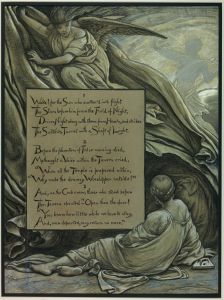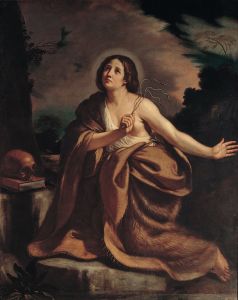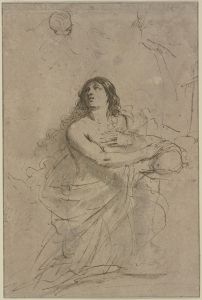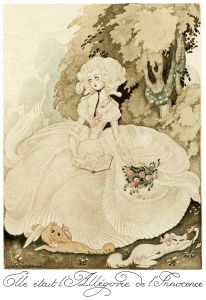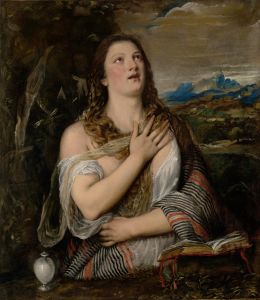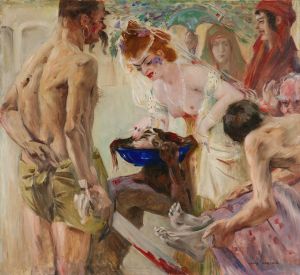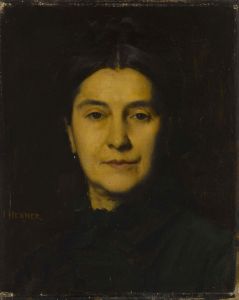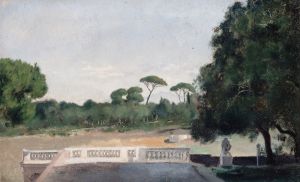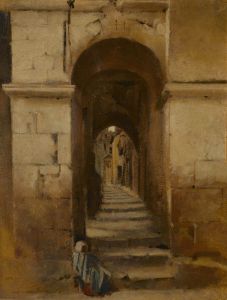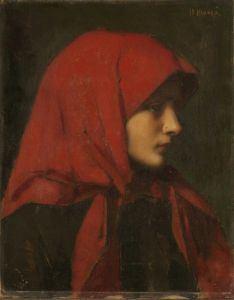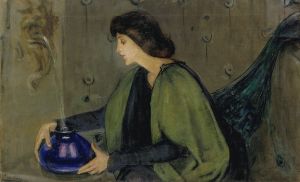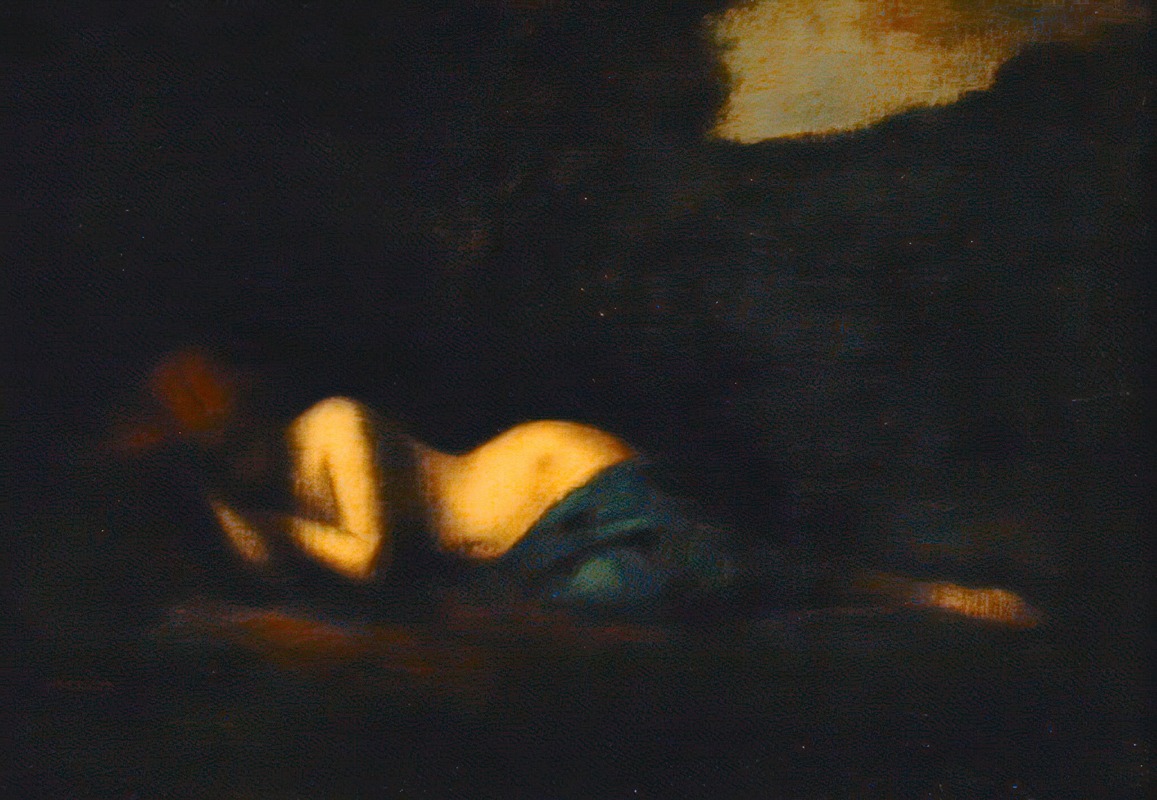
The Magdalene
A hand-painted replica of Jean-Jacques Henner’s masterpiece The Magdalene, meticulously crafted by professional artists to capture the true essence of the original. Each piece is created with museum-quality canvas and rare mineral pigments, carefully painted by experienced artists with delicate brushstrokes and rich, layered colors to perfectly recreate the texture of the original artwork. Unlike machine-printed reproductions, this hand-painted version brings the painting to life, infused with the artist’s emotions and skill in every stroke. Whether for personal collection or home decoration, it instantly elevates the artistic atmosphere of any space.
"The Magdalene" is a painting by the French artist Jean-Jacques Henner, created in the late 19th century. Henner, born in 1829 and passing in 1905, was known for his evocative and often melancholic works, frequently featuring religious and mythological themes. This particular painting is a striking example of his ability to convey deep emotion and spirituality through his art.
Jean-Jacques Henner was a prominent figure in the French art world during his lifetime. He studied at the École des Beaux-Arts in Paris and was a recipient of the prestigious Prix de Rome in 1858, which allowed him to study in Italy. His time in Italy had a profound influence on his work, particularly his use of chiaroscuro and his focus on the human form.
"The Magdalene" depicts Mary Magdalene, a significant figure in Christian tradition, who is often portrayed as a repentant sinner and a devoted follower of Jesus Christ. In Henner's painting, she is shown in a contemplative and sorrowful pose, which is characteristic of his portrayal of religious subjects. The painting captures a moment of introspection and penitence, reflecting the themes of redemption and forgiveness associated with Mary Magdalene.
Henner's use of light and shadow in "The Magdalene" is particularly noteworthy. The soft, diffused light highlights the figure of Mary Magdalene, creating a sense of ethereal beauty and emphasizing her emotional state. The background is kept deliberately dark and subdued, drawing the viewer's attention to the central figure. This technique is reminiscent of the works of the Old Masters, whom Henner greatly admired and studied during his time in Italy.
The painting is also notable for its delicate and refined brushwork. Henner's attention to detail is evident in the rendering of Mary Magdalene's flowing hair and the subtle textures of her clothing. The overall composition is balanced and harmonious, with a focus on simplicity and elegance.
"The Magdalene" reflects Henner's deep interest in religious and spiritual themes, as well as his skill in capturing the human condition. His ability to convey complex emotions through his art has earned him a lasting place in the history of French painting.
Today, Jean-Jacques Henner's works, including "The Magdalene," can be found in various museums and collections around the world. His legacy continues to be appreciated by art enthusiasts and scholars alike, who recognize his contributions to the development of 19th-century French art. Henner's paintings remain a testament to his talent and his ability to evoke profound emotional responses through his masterful use of light, shadow, and composition.





